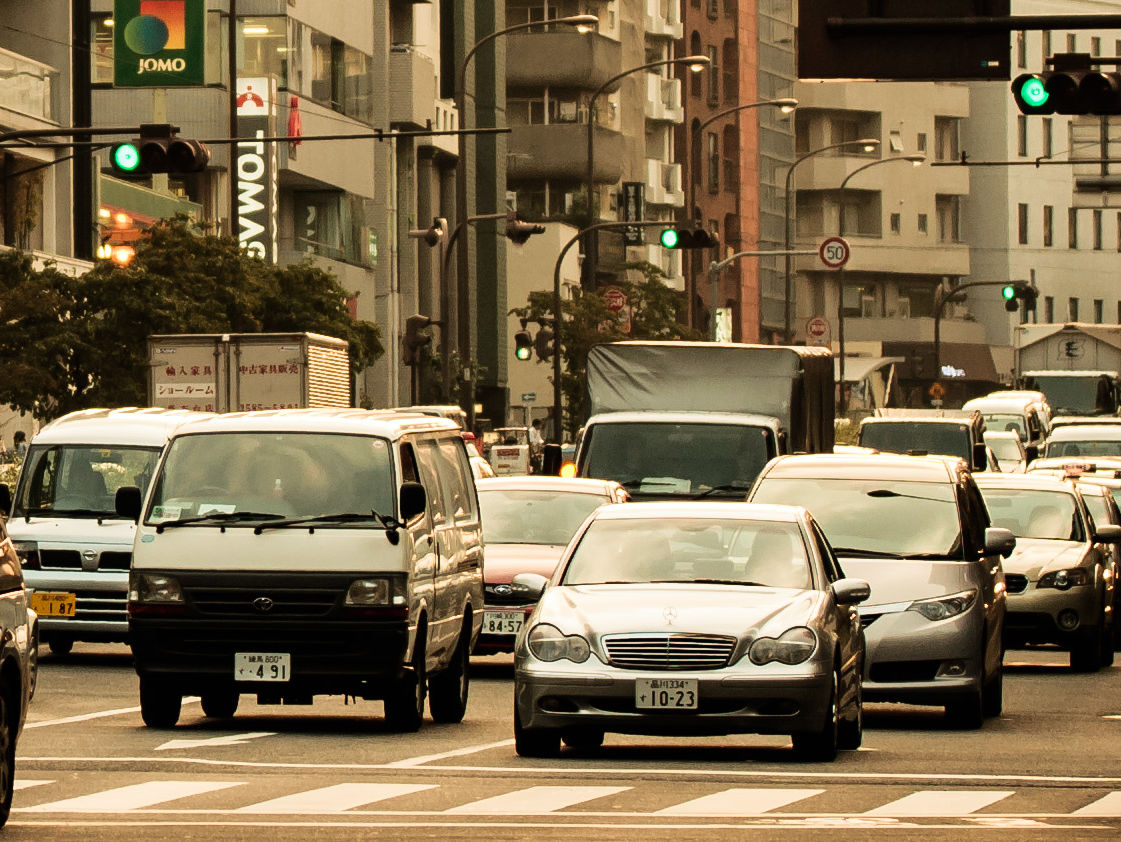Inspur and Tokyo Tech Institute apply AI to Parking
- November 8, 2021
- William Payne

San Jose based Inspur Information and the Tokyo Institute of Technology are collaborating on the creation of a smart parking system using edge computing. The parking system uses Inspur Information’s EIS200 edge computing microserver.
With a population of 37.5 million, Tokyo is a worldwide model for efficient vehicle management. It has about 8 million vehicles – double the number of the New York City – but Tokyo’s parking difficulties and traffic jams are relatively minor compared to other international mega-cities. Tokyo has succeeded by formulating a scientific approach to vehicle management that continuously optimises parking via space maximising parking lot design, electronic vehicle management, and other systems.
Traditional parking management systems rely on human attendants and basic monitoring equipment. This arrangement has a very low performance ceiling. Improving on this with a more intelligent parking management system requires technologies such as AI and edge computing.
The Tokyo Institute of Technology and other scientific research organisations have collaborated with Inspur Information to explore enhanced parking management using AI, edge computing, and other technologies. This collaboration aims to enable drivers to find parking faster and safer than ever before while also reducing parking construction and operation costs by 40%.
To improve the utilisation rate of parking spaces and reduce the costs associated with parking lot construction and operation, the Tokyo Institute of Technology developed an AI butler – an intelligent parking system based on edge computing and using cameras as an alternative to traditional systems that detect vehicles using ground sensing coils.
To run this AI butler, Inspur Information’s EIS200 edge computing microserver is deployed at the parking lot location. Based on image recognition and the parking lot operation management system developed by the Tokyo Institute of Technology, the microserver uses cameras at the entrance and interior of the parking lot structure to collects and processes images of incoming and outgoing vehicles, including their license plate numbers and matches the data against real-time vehicle owner identification information. It then records the entry and exit times for each vehicle, allowing the system to provide parking guidance to newly arriving vehicles.
The system can help vehicle owners accurately locate their vehicles to expedite departures and supports cashless payments with code-scanning or cash payments. To improve parking lot safety, the AI butler can automatically sound alarms when its camera system detects suspicious behaviour or events including smoke or fire.
In January the Tokyo Institute of Technology established the start-up company Fusion Cubic to commercialise its parking research. Fusion Cubic is currently piloting smart parking lots in multiple Tokyo business districts. This pilot programme is showcasing improvements in efficiency and convenience of finding parking spaces and paying parking fees, while relieving peak period traffic congestion caused by slow parking fee transactions.
Employing automation and AI, the parking solution has reduced expenditure in human resources, construction, and testing. The cost of maintenance of the ground induction coil systems that was previously used for vehicle detection has also been reduced. These improvements have saved over 40% of the costs of constructing and operating parking facilities




